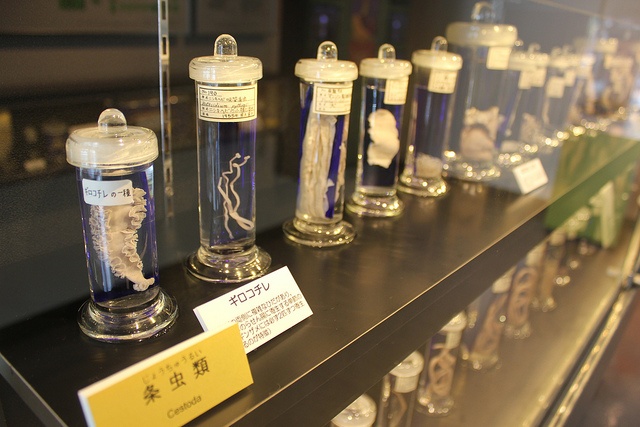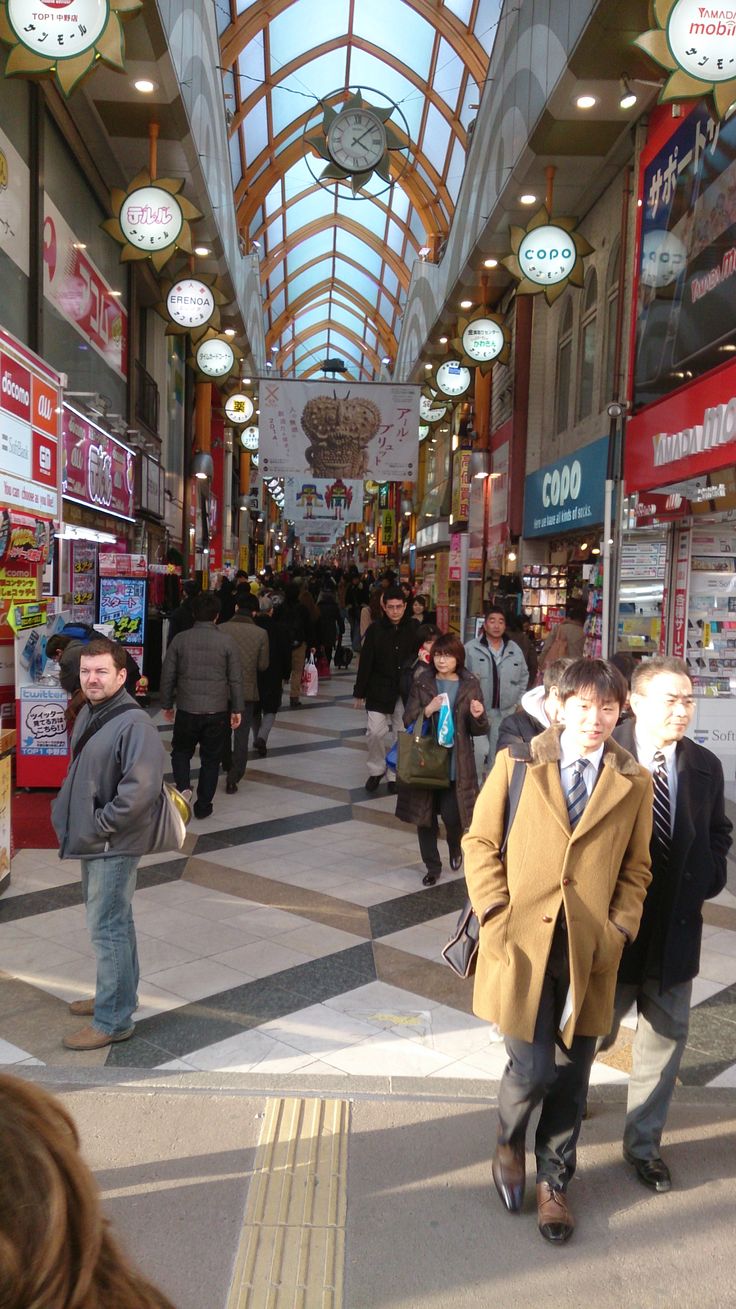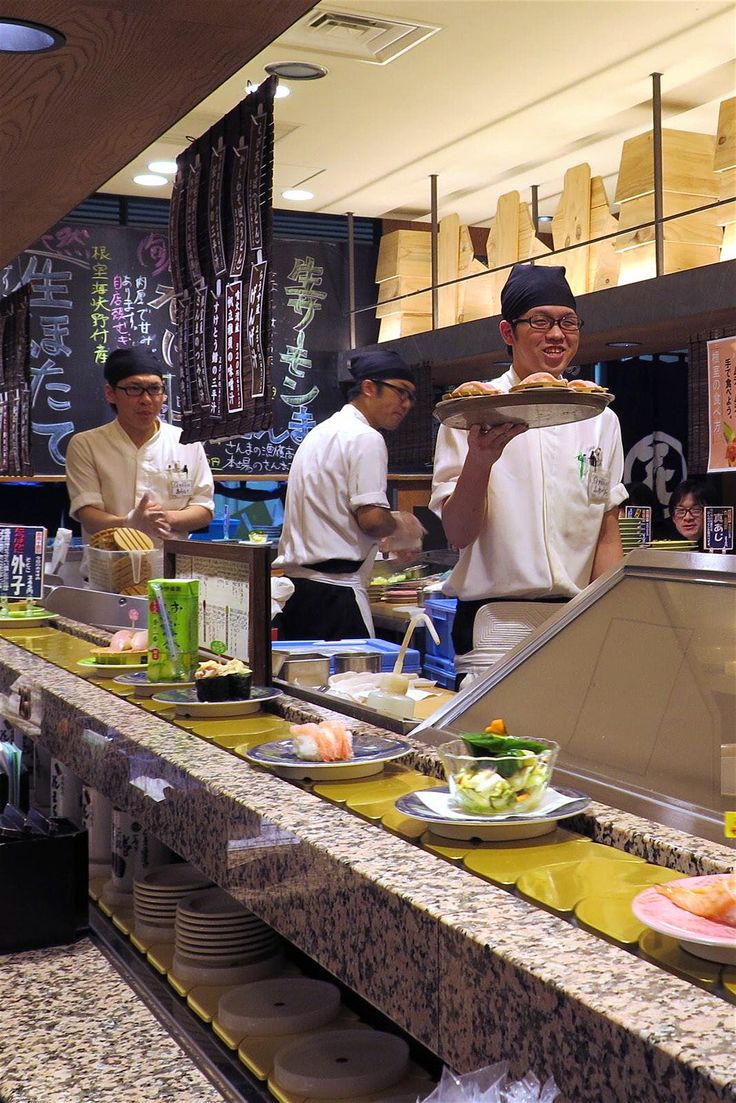Tokyo. The name itself conjures a kaleidoscope of images: the serene grace of a Shinto shrine, the neon-drenched chaos of Shibuya Crossing, the disciplined art of a sushi master. It’s a city of elegant contradictions, a place where ancient tradition and hyper-futurism perform a delicate, daily dance. But beneath this polished surface, beyond the well-trodden tourist paths of Asakusa and the Imperial Palace, lies another Tokyo. A Tokyo that hums with a different kind of energy—a strange, surreal, and utterly unforgettable frequency.
This is the Tokyo of niche obsessions, of subcultures that flourish in dimly lit basements, of experiences so peculiar they seem plucked from a fever dream. It’s a city that not only tolerates the weird but celebrates it, cultivates it, and presents it as an art form. To truly understand Tokyo, one must be willing to step through the looking glass, to venture into the places that don’t make it into the standard travel brochures.
Prepare yourself. We’re about to embark on a journey into the city’s bizarre underbelly, exploring the corners of Tokyo that, once witnessed, can never be unseen. These are the places that will rewire your brain and leave an indelible mark on your memory, long after the politeness of the train conductors has faded.
1. The Temple of Terrifying Tapeworms: Meguro Parasitological Museum

Let’s start with a place that is guaranteed to deliver on the promise of “never unsee.” Tucked away in the quiet residential neighbourhood of Meguro, a world away from the city’s electric pulse, is a small, unassuming two-story building. There’s no flashy sign, no screaming billboard. You could walk right past it. But inside this modest edifice lies one of the most uniquely horrifying and fascinating collections on the planet: the Meguro Parasitological Museum.
This is not a gimmick. It is a serious, world-renowned research facility dedicated entirely to the study of parasites. And it is absolutely free to enter. The first floor introduces you to the sheer diversity of the parasitic world with beautifully illustrated charts and hundreds of specimens suspended in jars of formaldehyde. You’ll see flukes, nematodes, and all manner of creepy crawlies that have made their homes in fish, birds, and mammals. It’s clinical, educational, and just a little unsettling.
Then you go upstairs.
The second floor is where the museum truly sears itself into your consciousness, as it focuses on human parasites. The centerpiece, the museum’s Mona Lisa, is an 8.8-meter (that’s over 28 feet) long tapeworm, extracted from a single human patient. It is coiled delicately in a clear display case, accompanied by a long piece of rope of the same length, allowing you to fully comprehend the sheer scale of the creature that once lived inside someone. You will stand before it in a state of morbid awe, your mind struggling to process the reality of it. You may find yourself subconsciously touching your stomach.
Around the room, other horrors await. There are graphic, real-life photographs of the effects of parasitic infections—distended limbs from elephantiasis, worms emerging from places they should not be. You’ll learn about the life cycle of the Anisakis worm, often found in raw fish, and you will never look at your sashimi platter the same way again. The gift shop, in a stroke of dark comedic genius, sells keychains and T-shirts featuring beautifully illustrated tapeworms and other popular parasites.
Why you can’t unsee it: The 8.8-meter tapeworm is a showstopper. It’s a visceral, tangible representation of a biological nightmare. This museum recalibrates your understanding of the unseen world around—and potentially inside—us. It’s not gory for shock value; it’s a scientific institution that just happens to be showcasing nature’s most terrifying freeloaders. You will leave a changed person, perhaps a more cautious one.
Practical Info: 1-1-2 Shimomeguro, Meguro-ku. Open 10:00-17:00. Closed Mondays & Tuesdays. Admission is free, but donations are encouraged.
2. The Labyrinth of Lost Toys: Nakano Broadway

Most tourists seeking a dose of otaku (geek) culture head straight for Akihabara, the “Electric Town.” And while Akihabara is a dazzling spectacle of anime billboards, maid cafes, and multi-story arcades, it has become somewhat commercialized, a polished version of its former self. For a deeper, more concentrated, and frankly weirder dive into the world of Japanese subcultures, you must go to Nakano Broadway.
From the outside, it looks like any other aging shopping mall. But once you step inside and ascend the escalators past the ground-floor grocery stores and pharmacies, you enter another dimension. Nakano Broadway is a four-story labyrinth, a dense, chaotic maze of over 300 tiny shops, each one a shrine to a specific, often microscopic, niche.
The undisputed king of Nakano Broadway is Mandarake, a retail empire for second-hand manga and collectibles that has over 30 specialized stores scattered throughout the complex. There isn’t just one Mandarake; there’s a Mandarake for vintage shonen manga, another for rare movie posters, one dedicated entirely to beautiful but eerie antique dolls, and another filled with retro video games that will trigger a tidal wave of nostalgia.
Wandering the narrow, dimly lit corridors is a sensory assault. You’ll pass shops overflowing with millions of gachapon (capsule toys), display cases filled with pristine 1970s Godzilla figures worth thousands of dollars, and walls lined with animation cels from iconic anime series. One store might sell nothing but idol trading cards; the one next to it could specialize in military paraphernalia. It’s a place where forgotten treasures and bizarre obsessions are given equal reverence. The sheer density of it all is overwhelming; the air is thick with the smell of old paper and the quiet intensity of collectors on the hunt.
Why you can’t unsee it: Nakano Broadway is a physical manifestation of the internet’s deepest rabbit holes. It’s the visual equivalent of scrolling through endless, hyper-specific forums. The sight of a grown man tenderly examining a rare action figure from his childhood, or the unsettling stare of a room full of glass-eyed dolls, creates a powerful and surreal atmosphere. It’s a testament to the passion of collecting and the beautiful strangeness of human interest. You’ll see things you never knew existed, and certainly never knew anyone would want to buy.
Practical Info: 5-52-15 Nakano, Nakano-ku. Just outside Nakano Station. Most shops open around 12:00-20:00.
3. Dinner Behind Bars: The Lockup Restaurant

Themed restaurants are a Tokyo staple, but few commit to their gimmick with the theatrical, slightly unhinged glee of The Lockup. This is not a place for a quiet, romantic meal. This is a place where you go to be handcuffed, led to a jail cell, and terrorized by monsters while you sip cocktails from a beaker.
The experience begins the moment you arrive. The entrance is designed to look like a haunted dungeon. You are greeted not by a host, but by a “guard” in a police uniform who will promptly handcuff a member of your party and lead you through winding, dark corridors to your “cell”—a private, barred-in booth. The menu is a scrapbook of criminal mischief, featuring dishes with names like “Criminal’s Last Meal” and drinks served in test tubes, syringes, and blood bags. The cocktails glow ominously under the dim lighting, bubbling with dry ice.
The food itself is standard Japanese pub fare—fried chicken, pizza, salads—but that’s not why you’re here. You’re here for the “show.” Periodically, the entire restaurant is plunged into darkness. Alarms blare, strobe lights flash, and a guttural voice announces a “prison break.” Suddenly, actors in grotesque monster costumes—think demonic clowns, chainsaw-wielding maniacs, and faceless ghouls—burst into the corridors and begin rattling the bars of your cell, screaming and lunging at the patrons inside. The mix of genuine jump-scares and campy horror is exhilarating and hilarious.
Why you can’t unsee it: The juxtaposition of eating a meal while being subjected to a simulated horror movie is profoundly strange. The gleeful shrieks of other diners, the rattling of your cell door by a monster, the sight of your friend calmly sipping a blue cocktail from an IV drip as chaos erupts—these are memories that don’t fade. It’s participatory theatre at its most bizarre, turning a simple dinner into a memorable, adrenaline-spiking event. You’ll never forget the feeling of being a willing prisoner in a culinary asylum.
Practical Info: Various locations, including Shinjuku. Reservations are highly recommended. Check their website for current locations and hours as they can change.
4. A Trip Through Time in Tokyo’s Grimiest Alleys: Golden Gai & Omoide Yokocho
In a city defined by relentless renewal, where buildings are torn down and rebuilt with astonishing frequency, there are a few pockets that have stubbornly resisted the march of time. Shinjuku’s Golden Gai and Omoide Yokocho are two such places, offering a type of weirdness born not of modern gimmicks, but of historical grit and atmospheric decay.
Golden Gai is a network of six impossibly narrow, interconnected alleys crammed with over 200 minuscule bars. Most of these establishments can only seat five or six people at a time. The two-story buildings are rickety, wooden structures that miraculously survived post-war redevelopment and the 1980s economic bubble. Climbing a set of stairs so steep it feels more like a ladder to reach a tiny, smoke-filled bar on the second floor is a quintessential Tokyo experience. Each bar has its own unique theme and personality, dictated by its owner—some cater to punk rock fans, others to lovers of classic cinema, and many are notoriously exclusive, sometimes only serving regulars.
Omoide Yokocho, affectionately and accurately nicknamed “Piss Alley,” is a similar time capsule located on the other side of Shinjuku Station. Its name, which translates to “Memory Lane,” is more poetic, but the smell of grilled meat and stale beer is more evocative. This single, cramped alley is choked with the smoke billowing from dozens of tiny yakitori (grilled skewer) stalls. Patrons are squeezed shoulder-to-shoulder on small stools, shouting orders to the chefs who work masterfully over open flames in kitchens no bigger than a closet. It’s loud, grimy, and unapologetically authentic.
Why you can’t unsee it: In a city as clean and orderly as Tokyo, the raw, unpolished nature of these alleys is a shock to the system. The sight of Golden Gai at night, with its glowing paper lanterns illuminating the cramped passageways, feels like stepping onto a movie set for Blade Runner. The intimacy of sharing a 10-foot-wide bar with a handful of strangers, or the sensory overload of Omoide Yokocho’s smoke and noise, provides a visceral connection to a bygone era of Tokyo. It’s the weirdness of survival, a beautiful, ramshackle middle finger to the gleaming skyscrapers that tower just a block away.
Practical Info: Both are in Shinjuku. Best visited after 19:00 when the bars and stalls open. Note that some Golden Gai bars have a cover charge.
5. A Curated Kingdom of Chaos: Village Vanguard
Describing Village Vanguard as a “bookstore” is like calling Willy Wonka’s factory a “candy shop.” It’s technically true, but misses the point entirely. With its self-proclaimed slogan, “An Exciting Bookstore,” Village Vanguard is a cathedral of curated chaos, a retail space that celebrates pop culture, novelty, and utter absurdity.
Walking into a Village Vanguard is a full-body experience. The stores are deliberately cluttered, with merchandise piled high to the ceiling and handwritten, brightly coloured signs screaming for your attention. The aisles are narrow, forcing you to engage with the sheer volume of stuff. Manga and art books are indeed sold here, but they share shelf space with curry flavoured to taste like zombie flesh, rubber masks of disconcerting accuracy, plush toys of obscure internet memes, and clothing with nonsensical English phrases printed on them.
This is where you can buy a book on architectural theory, a screaming rubber chicken, a bacon-scented air freshener, and a box of green tea KitKats all in one go. The selection feels like it was curated by a hyperactive teenager with an unlimited budget and a deep love for the internet. It’s a physical embodiment of a cultural mood board, mashing together elements of anime, American pop culture, music, and pure, unadulterated silliness.
Why you can’t unsee it: Village Vanguard is a joyful assault on the senses and good taste. The sheer, unadulterated randomness of its inventory is what makes it so memorable. The sight of a beautifully bound art book sitting next to a box of instant noodles designed to be punishingly spicy is a perfect metaphor for modern Japanese culture—a place where the high-brow and the low-brow don’t just coexist, they party together. You will leave with a bag full of things you absolutely do not need but are deliriously happy to own.
Practical Info: Multiple locations across Tokyo, including Shibuya, Shinjuku, and Shimokitazawa. Hours vary by location.
A Final Word: Embrace the Weird
This list is merely a starting point. Tokyo’s weirdness is not confined to a few locations; it’s a pervasive spirit that can be found in a vending machine that sells hot ramen, a seven-story sex shop in Akihabara, or a themed love hotel in Shibuya. It’s in the Ghibli Museum’s whimsical architecture and the solemn dedication of the Ghibli Clock’s hourly performance.
While the legendary Robot Restaurant and Kawaii Monster Cafe have sadly become ghosts of weird past, casualties of the pandemic, their spirit lives on. Tokyo is constantly reinventing its own brand of strangeness.

